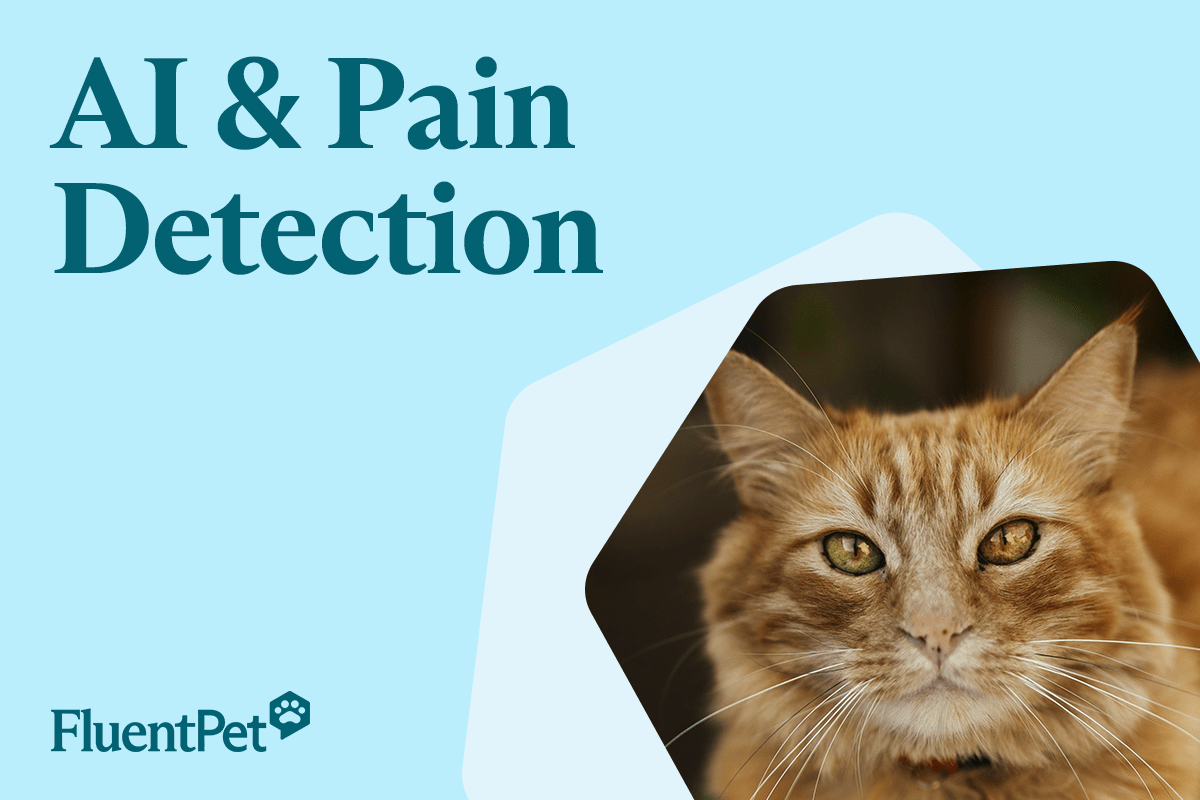If we’re lucky, we’ll have at least one or two inspiring mentors through the years. These mentors will be the people who are there at the critical points to guide, support, and listen, the people who shape our lives – and likely many others’ – in profound ways.
I never personally got the chance to study with Karen Pryor before her passing earlier this year, but I know she was that kind of mentor to several of my colleagues, including some of my most valued tutors. I also know that her pioneering approach and groundbreaking work in human-animal interactions leave a mark far beyond personal relationships, with her impact, and loss, touching every corner of the animal behavior, training, and welfare communities.
Promoting Positive Reinforcement
Today, it is common knowledge that force-free and reward-based methods offer effective tools for teaching animals of all kinds. But this wasn’t so in the 1960s when Karen Pryor unwittingly began her career in human-animal interactions while training dolphins in Hawaii. Pryor, whose marine biologist husband founded Sea Life Marine Park, found herself taking on the role of training the marine mammal trainers— drawing from popular principles in ethology involving reinforcement of desired behaviors in her instruction.
While behaviorists before her, like Skinner, Pavlov, and Lorenz, had outlined the concepts of classical and operant conditioning in relation to learning, Pryor honed in specifically on the encouraging aspects of these methods, offering treats and rewards when the porpoises did something she wanted to see. Continuing to look at research being conducted in fields beyond traditional “animal training”, like neurobiology and psychology, Pryor further developed effective learning approaches that didn’t involve animal fear, domination, and coercion, including “clicker training”. Using signals such as whistles, gestures, and clicks before treat or toy delivery, Pryor learned to shape the dolphins’ behavior by letting them know a reward was on the way. She published her observations of creativity in porpoises (K. W. Pryor, Haag, and O’reilly 1969), and became known for her own creative methods among behaviorists.
“Don’t Shoot the Dog” and The Karen Pryor Academy
In 1985, Pryor published her seminal work, “Don’t Shoot the Dog: The New Art of Teaching and Training” . In her book, still a favorite among people working with animal learners of all kinds, Pryor described the principles of her clicker training method, which included tips on how to nix undesirable habits (like barking or furniture-clawing), how to help animals become participants in their own learning journey, and even how to (affectionately) manage the behavior of other human companions (K. Pryor 1985)!
With the publication of her book, Pryor began conducting clicker training seminars, which quickly gained popularity for their approachable science and application across species. Pryor also taught and lectured at various academic institutions, but perhaps her biggest contribution to the field of animal behavior and learning began in 2000 when she co-founded the Karen Pryor Academy. Through the academy, Pryor was able to make humane education accessible to people around the world, which spurred a sea change toward the use and popularity of what she had helped become proven-effective positive reinforcement methods.
A Lasting Legacy
Karen Pryor passed away in February 2025 at age 92. But her legacy is alive and well around the world, heard in clicks and affirming words, seen in happy tail wags, and felt in the bonds that people continue to build with the animals they love.
References:
Pryor, K. W., R. Haag, and J. O’reilly. 1969. “The Creative Porpoise: Training for Novel Behavior.” Journal of the Experimental Analysis of Behavior 12 (4): 653–61.
Courtney Sexton is a Postdoctoral research scientist at the Virginia-Maryland College of Veterinary Medicine and has a PhD in Evolutionary Anthropology and Comparative Animal Behavior from The George Washington University.
Join the conversation at community.fluent.pet!




Leave a comment
This site is protected by hCaptcha and the hCaptcha Privacy Policy and Terms of Service apply.